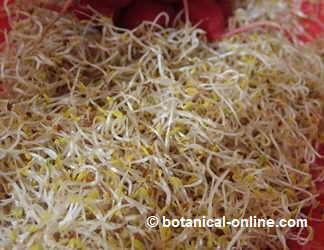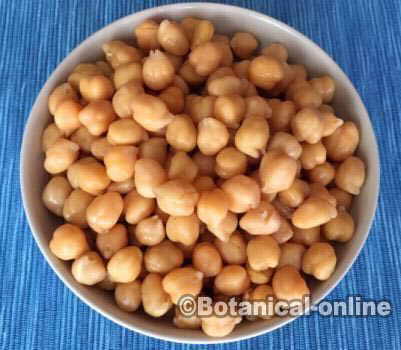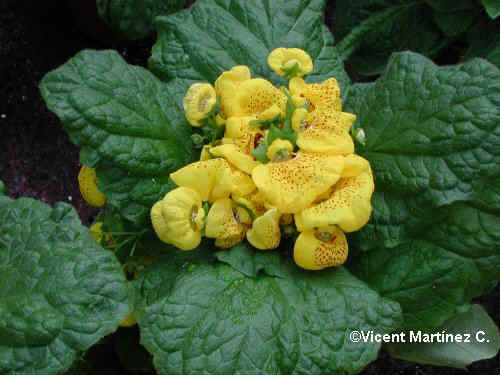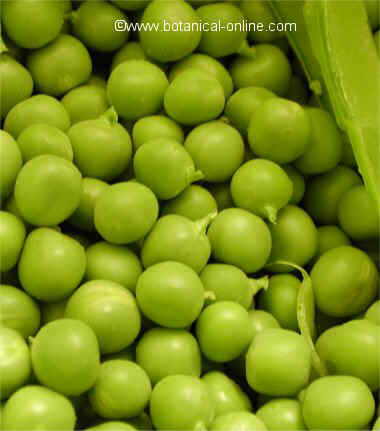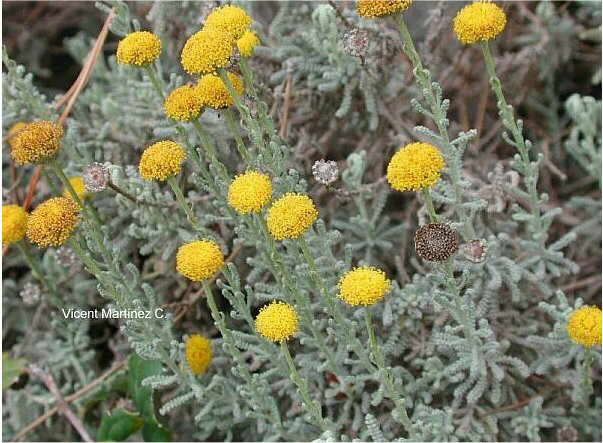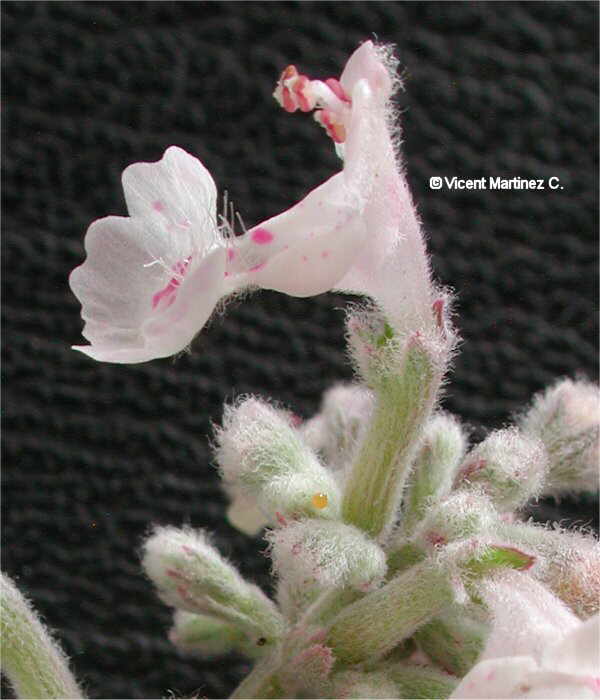Contents
How many types of water are there?
Is it safe to drink tap water?
What is the difference between mineral water and natural water?
CLASSIFICATION OF WATERS

According to its properties for consumption:
- Non drinkable water: They are those waters that are not apt for the human consumption.
- Drinkable water: They are those waters that are apt for the human consumption. Those waters are considered apt because they do not have dissolved elements that are detrimental for our health (suspended matter and microorganisms)
Types of drinkable water
Within the drinkable water we have different types of water.
– Types of water depending on the amount of minerals that are dissolved in it
- Hard water : A soft water is this type of water that contains many minerals, such as calcium and magnesium. This water is characterized because it produces very little foam when combined with soap. Another characteristic of hard water is the amount of residues in the glass when this water evaporates or in pots after boiling.These same residues are embedded in the dishwasher or washing machine and have a more damaging effect than soft water. Hard water usually comes from underground sources where water remains through different layers of minerals. The dissolution and drag of these minerals is what provides hard water its hardness.
- Soft water : A soft water is this type of water that contains very few minerals. This water produces much foam when mixed with soap. Water from wells or surface waters are generally soft water. The softer water is distilled water that has no mineral. Distilled water is unfit for human consumption.
– Types of water depending on the source of the water
- Surface waters: They come from rivers, lakes, marshes or the sea. To be drinkable, these waters must undergo a treatment that eliminates unwanted elements, both suspended particles and pathogens. These particles are mainly clays that rivers carry or remains from plants or animals that float in them. Discharges from factories and populations must be added to them. To remove these physical impurities decanting procedures are mainly used that make them rush to the bottom. Water bacteria are killed by chemical or biological procedures.
The population increase has forced to reuse the water in rivers, on which large amount of pollutants are discharged. Large water treatment plants have to be installed in order to convert these non-drinkable water into water fit for human consumption. In places with little water, desalination plants that purify water from the sea have been built. Using one of these procedures, “tap water” is obtained that is ” fit ” for human consumption, although its quality and its characteristics make it sometimes unappetizing. (More information on the contamination of the water in the listing below) - Ground waters: They are those that can be obtained from a source that comes from inside the ground or from wells. These waters normally have a lower degree of contamination than the surface waters, but in most cases they should be pretreated before to be suitable for human consumption. Well water is used as drinking water. Spring water can be supplied through the drinking water supply network or used for bottling.
Bottled water types
Bottled water, according to their characteristics and bottling process, may be different:
- Spring waters: Usually drinking water from a source (sometimes in the same water supply network) has undergone a process of purification and special filtering to make them suitable for consumption. It also provides better flavor and eliminates potential odors. Many times this is done by means of carbon dioxide.
- Mineral water: Mineral water is considered that one which comes from a protected underground source. Unlike other waters, it has a constant mineral wealth (not less than 250 parts per million). These minerals have to be in the natural composition of this water (not added) for this type of water to be considered a mineral one. Besides, the bottling process should occur in its place of origin and this bottled water should be free of pathogens without any previous treatment.
Related information: Hydrotherapy
![]() More information on water
More information on water

